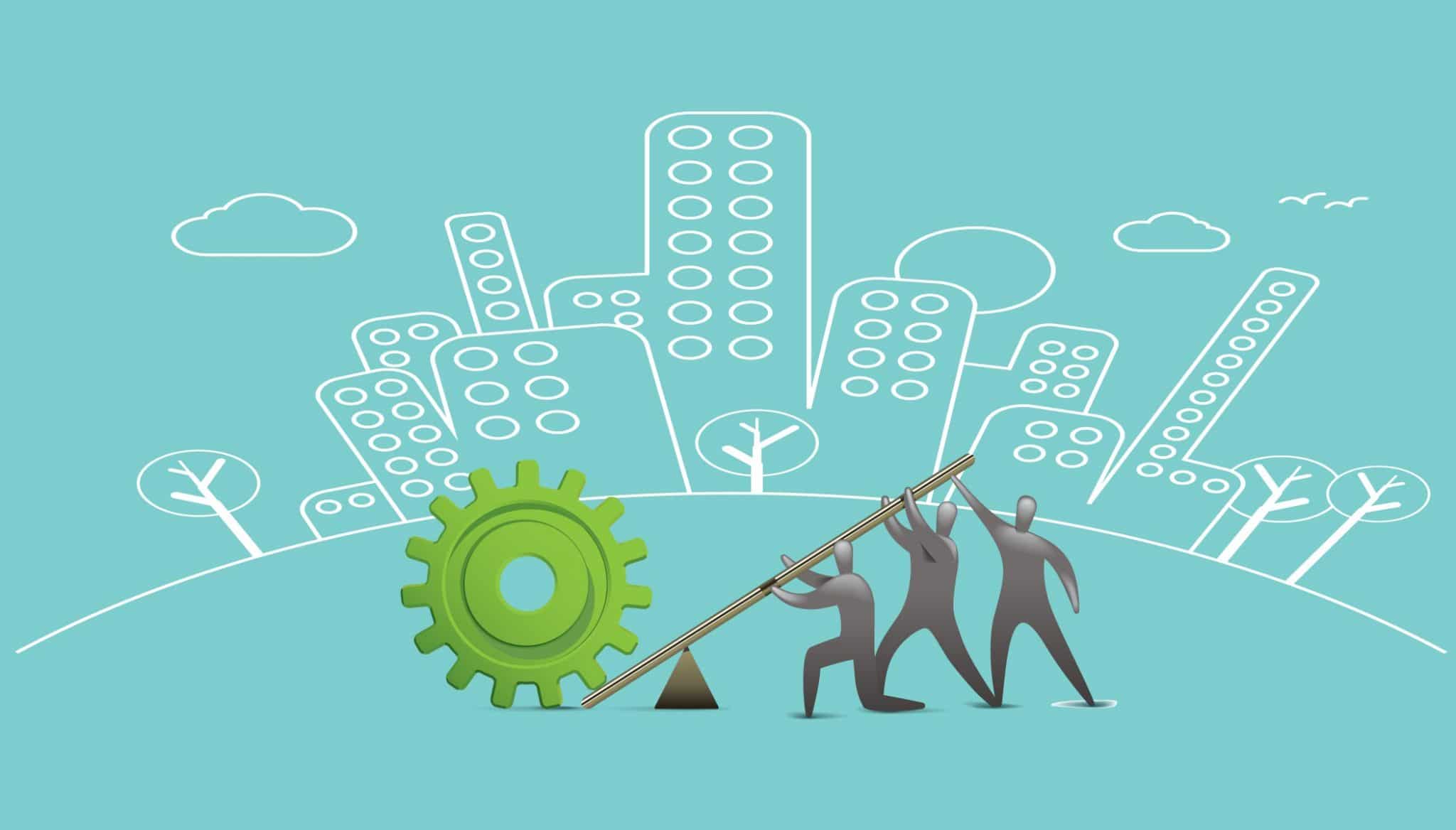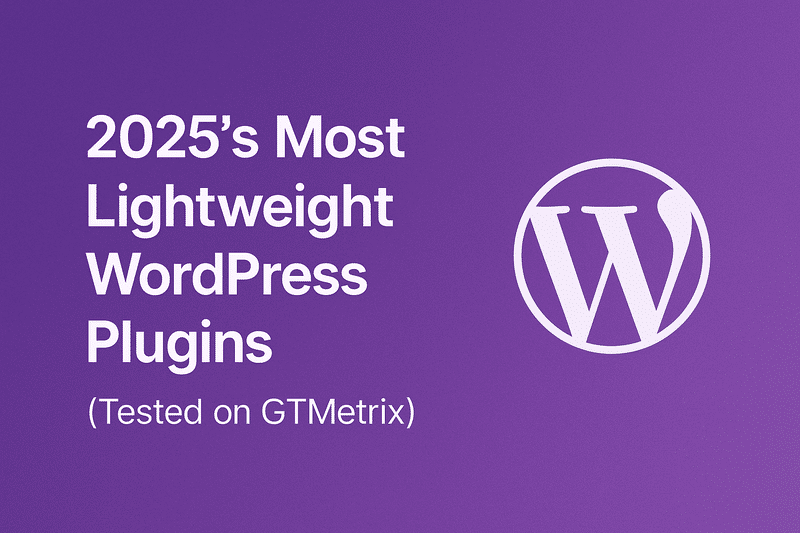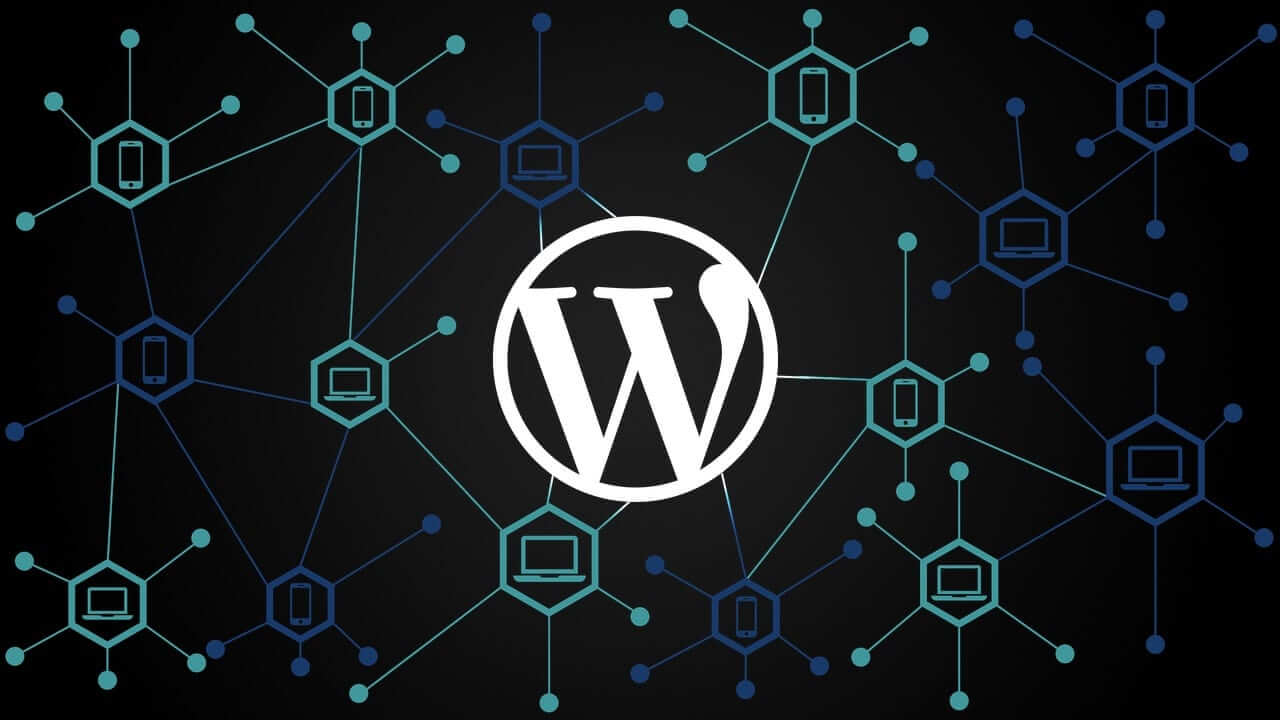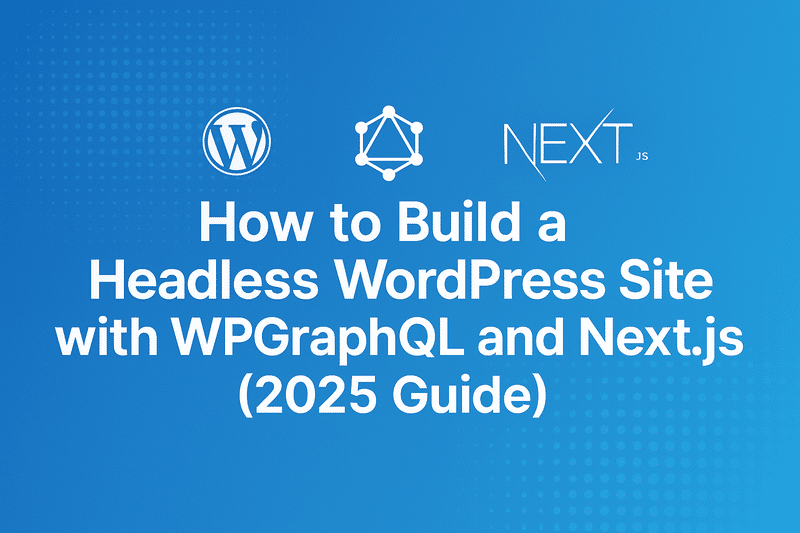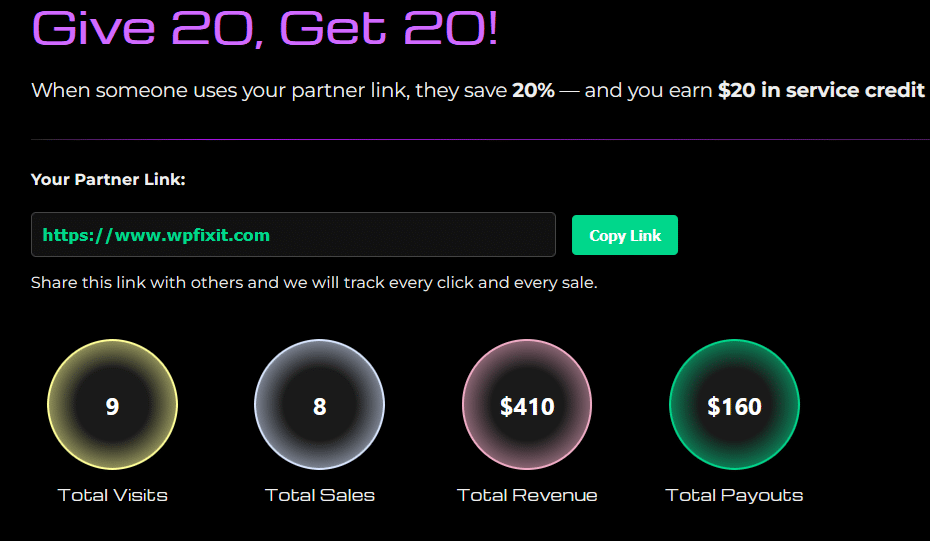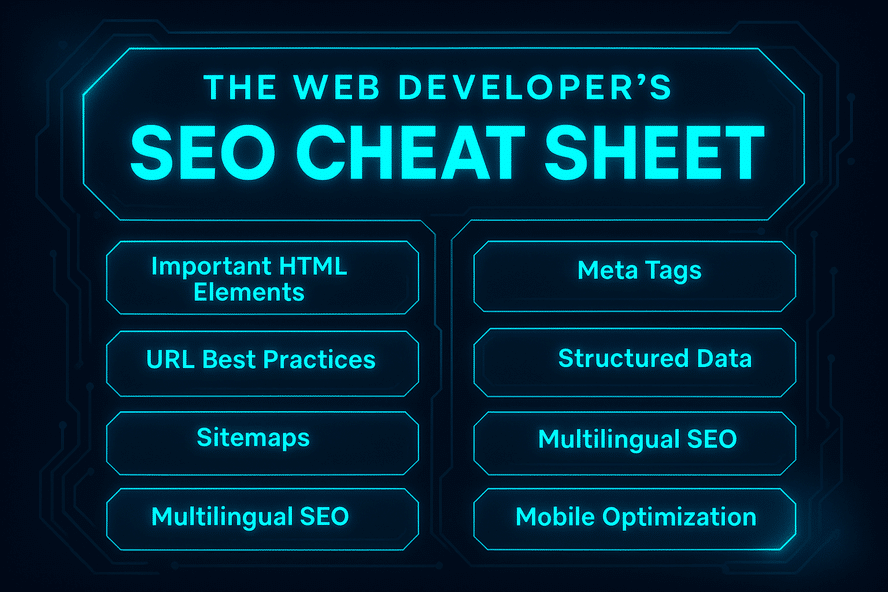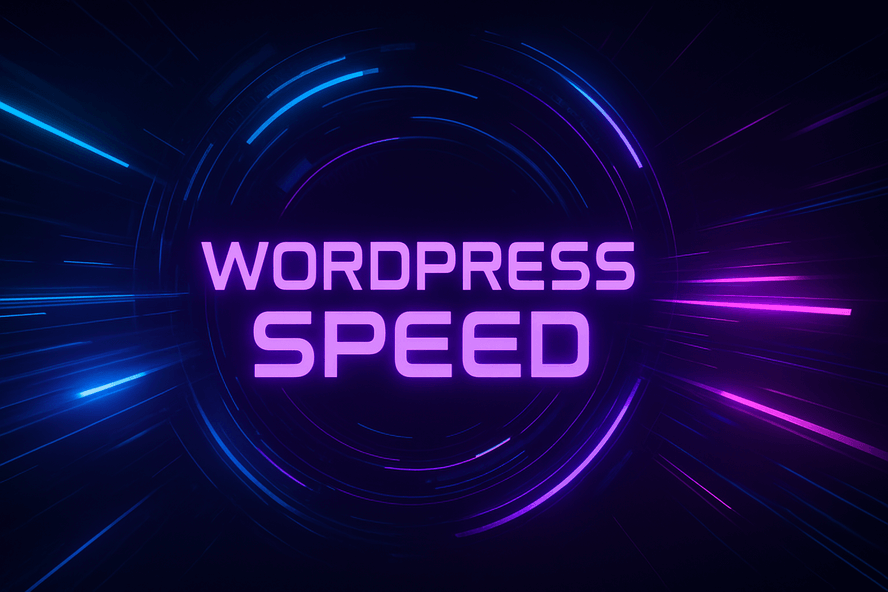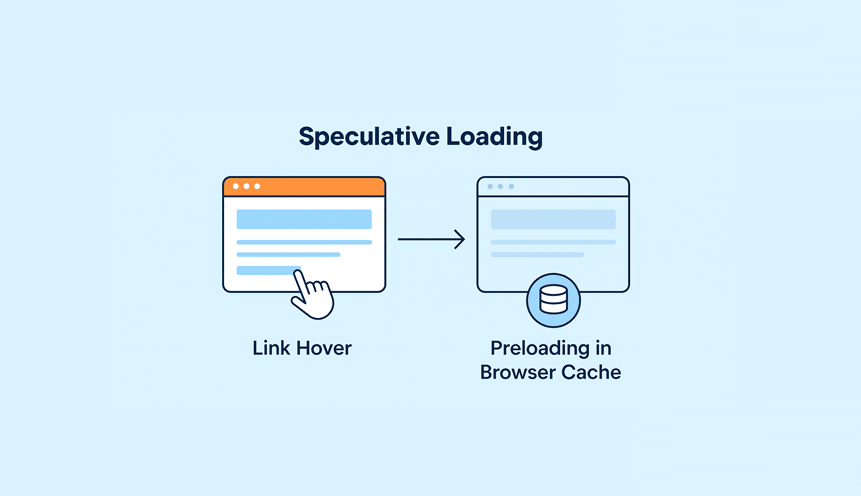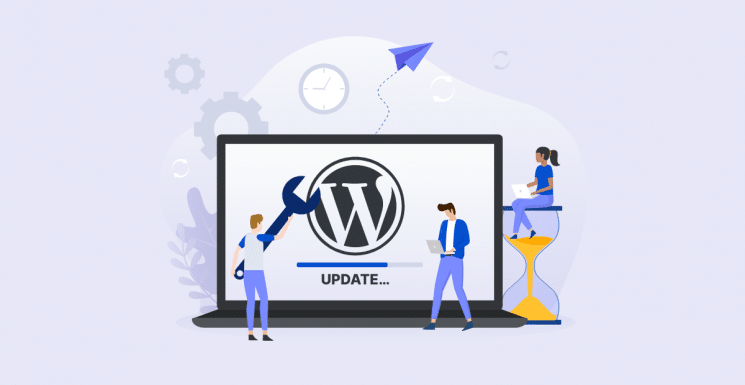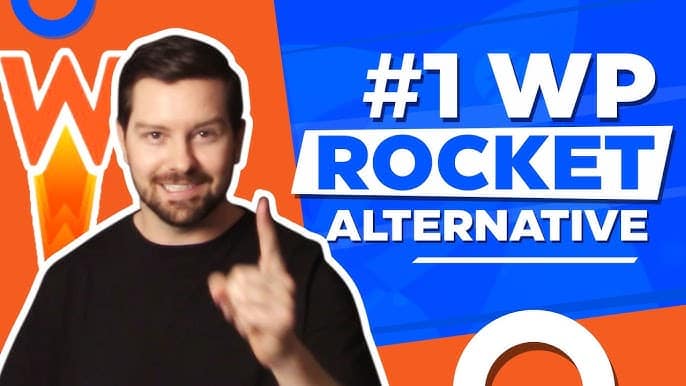Need to leverage WordPress site traffic?
Looking to Leverage WordPress Site Traffic!
Building a blog is pretty easy. With WordPress, the setup is quick and painless, and you have your own website within an hour.
Then comes the hardest part. Chances are that you’ve created a new blog for business purposes, so you need people to visit it and check out your content, products, or services. Attracting high-quality traffic is one of the most difficult projects in online business because of fierce competition, so this strategy should be developed carefully.
In this article, we’re going to give you eight tips to attract more traffic to your WordPress blog and get more business.
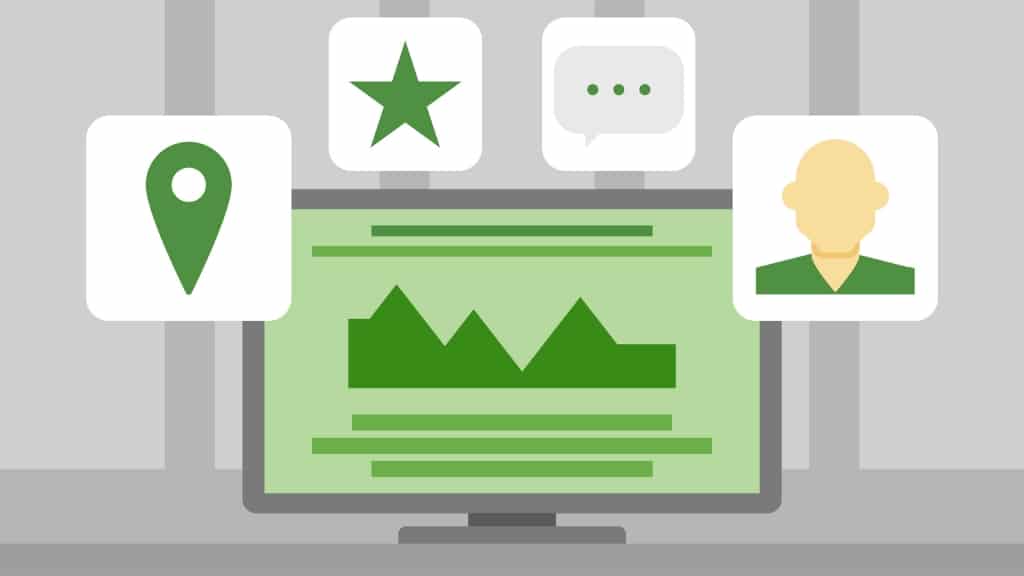
1. Follow Google’s Content Guidelines
In order to make the experience of users as positive as possible, Google is constantly working on new algorithms and making content guidelines. There is a wide range of recommendations from Google webmasters in terms of content, and following them will give you a good chance to get your fair share of traffic.
For example, here are some of the most essential content recommendations.
Write with the Readers’ Interests in Mind
Hard sell copy doesn’t work nowadays. To have a good chance of getting higher in Google search results, a website must produce reader-focused content. In fact, Google states that writing useful and reader-centered content should be the most important goal for content creators.
This means writing content on topics that the target audience is interested in reading. For example, if you’re running a blog about motorcycles, then you should start by writing reviews of the latest models, industry news, maintenance tips, repair tips, and other related information.
Only such content can attract visitors and encourage webmasters to link to the site.
On top of that, customer-centered content has the best chance of sparking conversation, e.g. comments and social media engagements, which is another sign for Google that it’s good to show it in the results.
That’s why many bloggers like to interact with their readers through social media, email, and other communication channels.
By doing so, they can get fresh ideas for topics, which is considered one of the most difficult challenges that bloggers face.
Post Regularly
A source that publishes content one week and then goes silent for another won’t be considered as a reliable source of information by Google.
The search giant needs you to be serious about your content effort, and this means being consistent. One way to be consistent is to create a content calendar – basically a list of content topics with publishing dates – and stick to it.
This simple method can help to be consistent and be more organized about publishing.
2. Try to Make Content That Has the Potential to Go Viral
This is a good strategy for both beginners and experienced bloggers. Often, a certain topic sparks a vigorous online conversation, and articles and other content pieces that contribute to the conversation get a lot of attention.
This is called viral content, and there are many factors that define if a piece of content can become popular online.
For bloggers, creating content on a viral topic is an excellent opportunity to attract more attention to their website and get their fair share of attention.
If you would like to try making viral content yourself, here are two ways you can go about it:
Use a Content Discovery Tool to Identify Popular Topics
Content discovery tools should be in every blogger’s arsenal because they help to find the best-performing content pieces on the Internet.
For example, you can search for these pieces using keywords pertaining to your blog and adjusting the time period.
As a result, you can see what topics are currently the most popular among social media users, therefore, get a lot of traffic.
This information could be immensely helpful to you because you can use it to write your own content.
For example, if you’re running a motorcycle blog and you discovered that content about a specific brand new model performs very well and gets more attention than about others, you can also create a review of that model.
Use the Most Common Features of Viral Content
Online trends suggest that some content performs better than another, and it has a number of specific features.
By following these tips, you’re giving your web content a good chance to attract attention as well as Google:
- Content written on positive topics that invoke amusement, laughter, and awe (the one that can entertain the readers)
- Video reviews of popular products
- “Top X” articles reviewing a number of popular products or services
- Quizzes, generators, and other interactive content.
It’s also worth remembering that truly viral content that receives millions of online reviews and social media interactions is pretty rare, but you should definitely try to create it. You’ll learn a great deal about what works and how to create popular content, and improve your overall content strategy.
For example, you can learn that content with visuals performs better than plain text and that certain visuals – infographics, gifs, etc. improve performance; this is due to the fact that most humans are visuals learners, therefore, they find such content easier to understand.
3. Create Interesting Headlines
Any content producer will tell you that headlines are tremendously important for attracting the attention of visitors because they entice them to click on them and visit your blog.
With an overwhelming amount of information out there, people typically spend a couple of seconds to look at them (in many cases, even less than that), so an enticing headline is one of the best marketing weapons that you have to compete with other content producers.
Therefore, you need to know how to create compelling headlines before you start writing articles. Here are some tips for you, as provided by Diana Kanter, a professional blogger from Trust My Paper:
- Refer to readers in your headlines, e.g. use “you” and “your” a lot where it’s applicable
- Use promising words like “free,” “easy,” “better,” etc.
- Use numbers, e.g. “5 Things You Should Say to Your Loved One Right Now,” “4 Signs He’s Cheating on You,” “8 Things You Need to Know about the New iPhone,” etc.
Having headlines written according to these tips gives you a good chance to grab the attention of people and encourage them to take action.
4. Link Between Posts
Internal linking, the process of internally linking articles on a blog, is a good way to maximize the effectiveness of your content; for example, by inserting links to other content pieces or product pages, you can increase the time people spend on your blog and raise more awareness of your content, product, or services.
If you learn how to use internal linking on your blog, you’ll become a better blogger and retain visitors more effectively. Let’s explain.
- Internal linking makes visitors spend more time on your website and explore it. Have many times have you clicked on “Similar Products” button on Amazon or another online store?
Chances are you’ve done that at least a few times, and this is a perfect example of how internal links can convince visitors to explore more.
So, try adding links to other content appropriately and naturally to answer more questions that your visitors might have. - Internal linking has SEO implications. For example, having internal links allows to increase traffic by having people visit more pages on your blog; moreover, a lack of them may even hinder Google from searching and ranking it.
Many beginner bloggers make a mistake of focusing too much on external linking (linking to other, reputable websites), which limits the ability of their blog to rank.
5. Collect Emails of Visitors with Special Tools
One of the main reasons people land on your website is to get quality information about something.
For example, if you’re running a cooking blog, most of your visitors come for new recipes, facts about ingredients, and other information related to cooking.
Email marketing is an excellent way to supply them with new content and alert them when a new piece is published.
That’s why so many blogs have a newsletter signup form. By having visitors provide their emails, they can supply them with fresh content and share their promotional materials and offers.
Since emails allow to contact customers directly, they are one of the most important communication channels with customers; in fact, they have the highest ROI among popular marketing channels.
However, getting someone to subscribe to a newsletter on your blog is the hardest part. People want relevant, interesting, personalized, and useful content, so if you fail to provide that, they’ll leave.
That’s why it’s recommended to become more experienced with content writing and conduct thorough research of the target audience to understand what content is interesting to them.
As a result, you’ll increase the chances that the subscribers will stay with you and think of you as a reliable content provider as well an authority in your market niche.
So, consider adding a newsletter sign up for your blog when your content plan is up and running, and nurture your leads by supplying them with awesome content.
6. Optimize for Speed and Mobile
It’s a known fact that a lot of people use smartphones to surf the Internet; in fact, mobile traffic first overtook mobile traffic in 2016 and continues to grow every week.
If a person visits a mobile-friendly blog with a responsive design, they will have the best possible experience viewing and reading the content regardless of the screen size.
On the other hand, desktop-first websites don’t deliver a positive experience for mobile users, so a lot of them choose to abandon a non-optimized website shortly after landing there.
On top of that, Google has recently released the so-called Mobile First Indexing update that prioritizes websites with responsive designs.
Therefore, it’s completely unreasonable for websites today to be optimized for desktops only.
If your WordPress has a responsive design, you’re maximizing the quality of user experience, therefore have the best chance of making the visitors stay and interact with your content.
Another important consideration is the speed. Internet users are pretty impatient, and they’re not going to wait if your page fails to load after a few seconds.
Besides, Google also seeks to provide its users with friction-less experience, so making appropriate investments in the speed of your blog will go a long way in improving your blog’s ranking.
On top of that, not a lot of people will want to wait until it loads fully, so you won’t attract a lot of attention to your content with a slow website.
Indeed, this could lead to an opposite effect and discourage people from ever visiting your blog.
7. Share Posts on Social Media
This is an excellent strategy for increasing the visibility of your content and attracting quality traffic.
Every content piece you create should be shared on social media to let your followers know about it. If you share content they’re interested in, they would be much more willing to share it, thus helping to deliver that much-needed stream of visitors.
Keep in mind that your social media posts should also follow a certain schedule. For example, studies suggest that posts published on Tuesday and Thursday perform better than on the other days, but this rule surely doesn’t apply to every blog.
There’s no universal formula on the best posting times, so you can begin by doing test shares on certain days and monitor the performance using Google Analytics. For a blogger, posting at least two times per week is recommended for keeping readers engaged.
So, here are some of the most important considerations when it comes to sharing blog content on social media:
- Use visuals. Every post you make has to have a visual – an image, an infographic, or a video – to be more compelling to viewers.
- Interact with those who engaged with your posts. Reply to comments and share your knowledge with others, and more people will be much more willing to visit your blog and connect with you.
- Test posting times and define what works best for you
. - Use selling opportunities; for example, shoppable posts on Instagram represent an excellent opportunity to raise awareness of your products, answer questions about them, and improve sales.
8. Consider Writing Evergreen Content
Evergreen content is defined as content that stays relevant for a long period of time. For example, the news is a perfect example of content that gets irrelevant very fast; an article about Google opening a new campus will stay relevant for a week, maybe two.
However, an article on how to make bolognese sauce can generate traffic for a long time because the essential recipe of the sauce stays the same.
Here are some ways in which posts can help to improve the performance of your marketing campaigns:
- Regular traffic. Evergreen traffic is more likely to be discovered regardless of the time period, so it’ll continue to attract visitors even if you posted it a year ago.
- Reduced workload. A lot of bloggers try to publish content every day to make their way to the first page of Google results, which means a lot of work and effort.
To make sure that you have an opportunity to rest or do other important things, choose an evergreen niche for your blog as well.
Therefore, you should think about evergreen content options for the topic of your blog.
For example, the best approach to make your way here is to write content targeted for beginners.
Let’s suppose you’re running a wine blog. In this case, you have a lot of options; for example, you can write guides on wine regions, specific grapes, tasting tips, and other things that people beginning their way in the wine world are looking to know.
In fact, many wine bloggers create eBooks, videos, and long-form articles for beginners that can be downloaded/read/watched by beginners to learn new, useful knowledge.
Pro tip: to maximize the benefits from evergreen content, you shouldn’t let it unchanged for a long time. For example, if you wrote a piece about a wine region in South America, you should regularly check for new knowledge about that.
Maybe you’ll find some updated information about that region which you’ll use to replace the existing one.
Then, you can share it on social media and let your followers know that they can read updated info.
As a result, you can reduce the time you work on your posts as well as maximizing its potential to gain more eyeballs.
Wrapping Up – Leverage WordPress Site Traffic
WordPress makes it easy to start a blog, but attracting visitors there takes a lot of work on your side. Fortunately, there are many ways to achieve this goal, and you can gradually learn how to take advantage of them and build a successful blog.
Keep in mind that blogging is a long-term strategy, not a short-term project, so success will come if you stay true to these techniques and regularly find ways to improve your content, which is your main asset.



